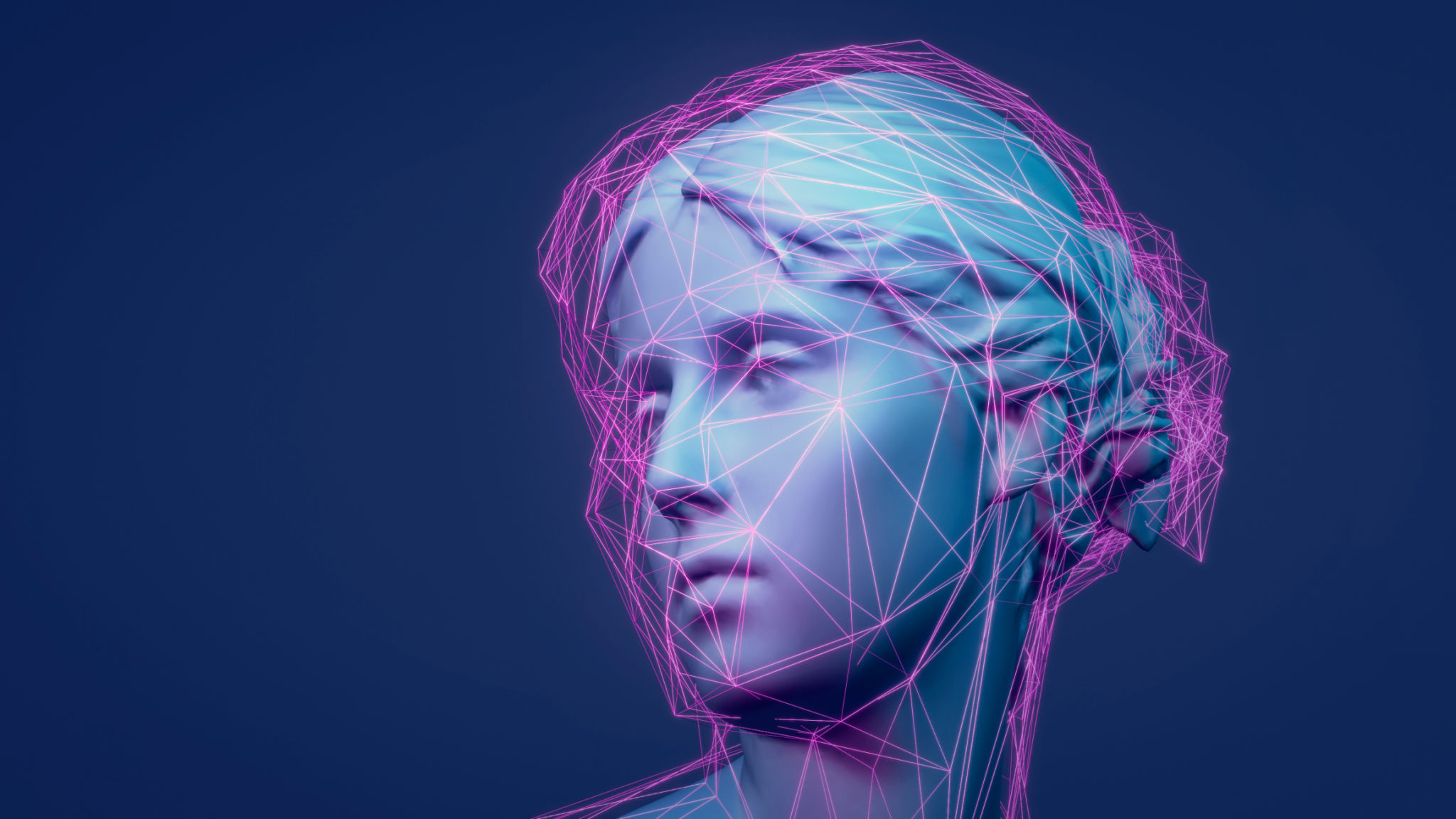Behind the Scenes of Creating Virtual Reality Dinosaur Experiences
Introduction to Virtual Reality Dinosaur Experiences
The world of virtual reality (VR) has opened up incredible opportunities for creating immersive experiences like never before. Among the most fascinating of these experiences are those that transport users back in time to walk with dinosaurs. But what goes on behind the scenes to create these mesmerizing VR dinosaur encounters? In this blog post, we delve into the intricate process of bringing these ancient creatures to life through cutting-edge technology and creative artistry.

Conceptualizing the Experience
Before any coding or modeling begins, the initial step in creating a VR dinosaur experience is conceptualization. This involves brainstorming ideas and defining the scope of the project. Developers and artists collaborate to decide which dinosaurs to feature, the type of environment to create, and the overall storyline or educational goals of the experience. This stage is crucial, as it sets the foundation for all subsequent work.
Research and Authenticity
Authenticity is key to creating a believable and engaging dinosaur experience. To achieve this, extensive research is conducted by consulting paleontologists and studying fossil records. This research helps ensure that the dinosaurs are depicted accurately in terms of size, appearance, and behavior. The goal is to create an experience that is not only entertaining but also educational.
Design and Modeling
Once the concept is solidified, the next step is designing and modeling the dinosaurs and their environment. Using advanced 3D modeling software, artists create detailed models of each dinosaur, paying close attention to textures, colors, and movements. The environment is also meticulously crafted to reflect Earth’s prehistoric landscapes, complete with lush vegetation, realistic water bodies, and dynamic weather effects.

Animation and Realism
Bringing dinosaurs to life requires realistic animation. Animators work tirelessly to ensure that every movement—from a dinosaur’s stride to its eye blink—is as lifelike as possible. Motion capture technology can be used to record human movements, which are then applied to dinosaur models to enhance realism. This attention to detail enhances user immersion, making them feel as if they are truly standing among these ancient giants.
Programming and Interactivity
The heart of any VR experience lies in its interactivity. Programmers play a crucial role in creating interactive elements that respond to user actions. This can include allowing users to interact with dinosaurs, explore different terrains, or engage in educational mini-games. The programming team works closely with designers to ensure that these interactions are seamless and intuitive.

Testing and Refinement
Before a VR dinosaur experience can be released, it undergoes rigorous testing. Testers don VR headsets to explore the virtual world, providing feedback on everything from graphics quality to user interface functionality. This feedback is invaluable, as it helps developers identify bugs and make necessary refinements to improve user experience.
Launch and User Engagement
Once testing is complete and refinements are made, it’s time for the big launch. Marketing teams work on promoting the VR experience across various platforms to attract a wide audience. Once users begin exploring the virtual world of dinosaurs, developers continue to engage with them by releasing updates or expansion packs based on user feedback.
Creating a virtual reality dinosaur experience is a complex yet rewarding process that combines technology, art, and science. Through meticulous planning, design, and execution, developers can transport users back millions of years to experience the awe-inspiring world of dinosaurs like never before.